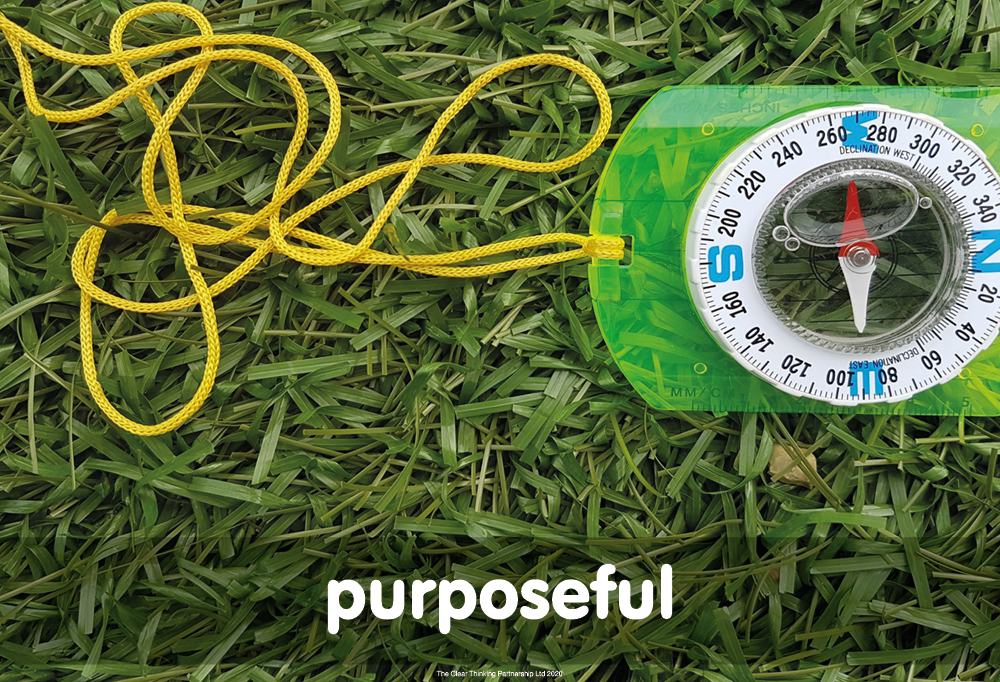The project’s finished. Results delivered. Deadlines (mostly) met.
There were moments of brilliance, a few bumps along the way, and a shared sense of “We did it.”
And then what?
Often, we move straight on. A “lessons learned” doc gets filled in, filed away, and forgotten. It’s business as usual.
But when we skip the chance to reflect, we miss something valuable; the opportunity to make sense of what just happened and turn experience into progress.
Not just for individuals, but for the whole team.
♦♦♦
The Power of a Good Project Review
When done well, a review isn’t just another meeting. It’s a meaningful conversation.
It builds trust. It sharpens insight. And it raises the quality of your next collaboration.
But that only happens if the review is designed to support your team’s best thinking, not just a recap of bullet points or the loudest voices in the room.
🌟Here are five practical ways to do it better:
1. Start Before the Meeting Even Starts
Good thinking needs space. And space starts with time.
A few days before your review, send out one or two reflective questions. For example:
What made you feel proud to be part of this project?
Where did you notice your own personal growth?
This isn’t just a nice warm-up. It’s smart brain science. Psychologist Daniel Kahneman called it System 2 thinking, slower, more reflective, and more likely to produce real insight.
2. Fuel It With Appreciation
Begin and end the session with what worked.
What did you appreciate about this project?
What did you notice in others?
Which moments stand out?
Appreciation isn’t fluff. It’s fuel.
Research by Barbara Fredrickson shows that positive emotion expands our ability to think and solve problems. It also helps us see what to repeat next time. Because success leaves clues.
3. Make Sure Everyone Has a Voice
In a typical meeting, a few people dominate. Others stay quiet.
Rewrite that script.
Create a structure where everyone gets a turn to speak, with no interruptions. When people know they’ll be heard, they listen better and feel less pressure to jump in.
This approach increases group intelligence and decision quality (Woolley et al., 2010). It’s not just more inclusive. It’s more effective.
4. Don’t Open the Floor Too Soon, or For Too Long
Open discussions sound democratic. But they often turn messy. People think more about when to speak than what to say. Some voices get lost.
Try this instead:
Pose a clear, thought-provoking question
Ask people to discuss it in pairs for a few minutes
Then invite each pair to share a highlight with the group
This structure encourages contribution from everyone—and leads to better thinking. Research by Mercier & Sperber (2017) shows that paired dialogue sparks more diverse ideas and strengthens psychological safety.
Note: Open Discussion is still OK, but set a timer for 10 minutes and if it gets lively, invite people back into pairs with a good question.
5. Shape the Agenda with Great Questions
Standard review agendas often look like this:
Finance
Customer Feedback
Processes
But the brain loves a question more than a bullet point. A good question sparks curiosity and draws out insight.
You could ask:
What strengths did we discover under pressure?
Where did we adapt in ways that surprised us?
What would we repeat, and what would we redesign?
Questions like these invite deeper reflection—and better answers.
“Without reflection, we go blindly on our way, creating more unintended consequences, and failing to achieve anything useful.”
— Margaret J. Wheatley
♦♦♦
Turning Experience into Wisdom
Don’t let the learning evaporate.
Take time to reflect. Invite your team to make meaning from the experience. And carry forward what really worked.
If that feels like a big ask—or you’d like expert support—we can help.
🌟The Success Sessions
A structured, expertly facilitated project review designed to:
Capture learning while it’s fresh
Help your team feel heard, appreciated, and energised
Spot patterns, strengths, and ways to grow
Turn project experience into team intelligence
We work with project leaders and teams across sectors—especially where relationships matter as much as results.
Next Steps
- We could use something like this for our next project review…
- I know a team who’d benefit from this…
- We want to make learning part of how we work…
Then let’s talk.
Thanks for reading.
And here’s to your next project review
being your most powerful yet.




